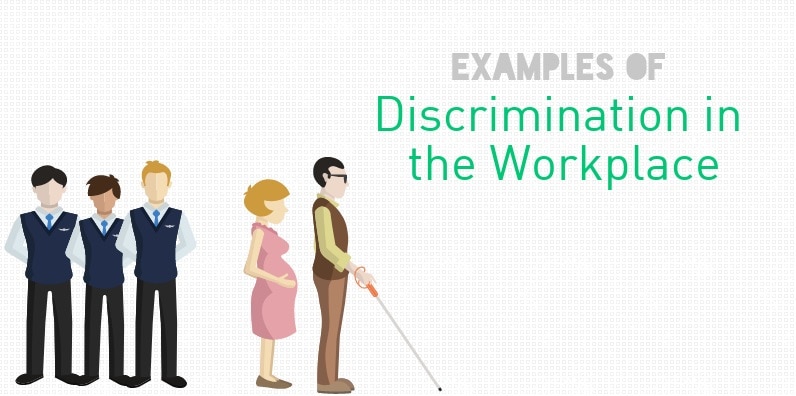
Examples of Discrimination in the Workplace
It’s important for all businesses to understand what defines discrimination in the workplace, so that appropriate steps can be take to avoid such actions. Below, we outline what classifies as discrimination in the workplace, and provide some examples.
What is discrimination in the workplace?
For more than 30 years, Federal and State parliaments have worked to prevent discrimination for all Australian workplaces. Under the law, all employees are protected, as well as contractors, prospective employees, and officers or members of trade unions. Legally, discrimination is classified as a situation where someone is treated less favourably due to specific “protected attributes” as defined by the Fair Work Act. These protected attributes are:
- race,
- colour,
- sex,
- sexual orientation,
- age,
- physical or mental disability,
- marital status,
- family or carer’s responsibilities,
- pregnancy,
- religion,
- political opinion,
- national extraction or,
- social origin.
The FWA operates alongside several other pieces of federal legislation (e.g. Age/Racial/Disability Discrimination acts), and state-based laws to provide protections and avenues for redress.
Discrimination can be accidental or intentional, and may go unnoticed or ignored by other employees. It is very important for businesses and managers to understand their rights and responsibilities.
Examples of discrimination
Example 1: Maria applies for a promotion at a supermarket. The store manager knows Maria votes for a political party with close affiliations to trade unions. He tells her she won’t get the job because he thinks her political views may interfere with management duties.
Example 2: David applies for a job as a receptionist at a medical centre. He finds out later that he didn’t get the job, despite his extensive experience, because the office thought it is a ‘better look’ to have a female on the front desk.
Example 3: Jennifer has been told she is getting a promotion at work. Several weeks later she mentions to a co-worker she is pregnant. Someone else is given the position and the manager explains that he would need someone around for the Christmas period when Jennifer would be away on maternity leave.
Example 4: A toy store is open 7 days a week and pays penalty rates on weekends. More staff than the business needs are willing to work Saturday and Sunday. John is told he must work on a Sunday because everyone else does sometimes, even though that is the day he goes to church.
Example 5: Scott uses a wheelchair and the government office he works in has a set of six stairs to get into the building. The only way he can get into the building is via a ramp at the back of the building. The ramp is in a loading dock where large trucks regularly come and go.
Each of these examples sees an employee mistreated based on a ‘protected attribute’.
Examples of lawful discrimination
Treating someone differently is not always unlawful, even if it is because of one of the prescribed protected attributes. Businesses can have legitimate and lawful reasons for different treatment.
Example 1: Stephanie works at a bank and has not met prescribed sales targets for several months, and is rude to customers. The business gives her warnings and eventually terminates her employment because her behaviour does not change. This decision is lawful because the reasons for the termination were not based on her personal attributes prescribed by the FWA.
Example 2: A Catholic school tells Paul they will not employee him as a teacher because he is gay, and it does not match with the religious beliefs taught by the school. The Equal Opportunity Act 2010 allows religious bodies and schools to discriminate based on religious belief, sex, sexual orientation, marital or parental status or gender identity. They cannot however, discriminate based on race, disability, age, physical features, union affiliation, carer status, pregnancy, or association with a person with a protected characteristic.
Example 3: Courtney runs a service providing discounted transport for people with disabilities or special needs. This is lawful under the Equal Opportunity Act because it meets the specific needs of people with a particular personal characteristic.
Understanding how to avoid discrimination in the workplace is crucial to creating a fair environment for all staff. Furthermore, it will help to ensure your business avoids legal trouble.